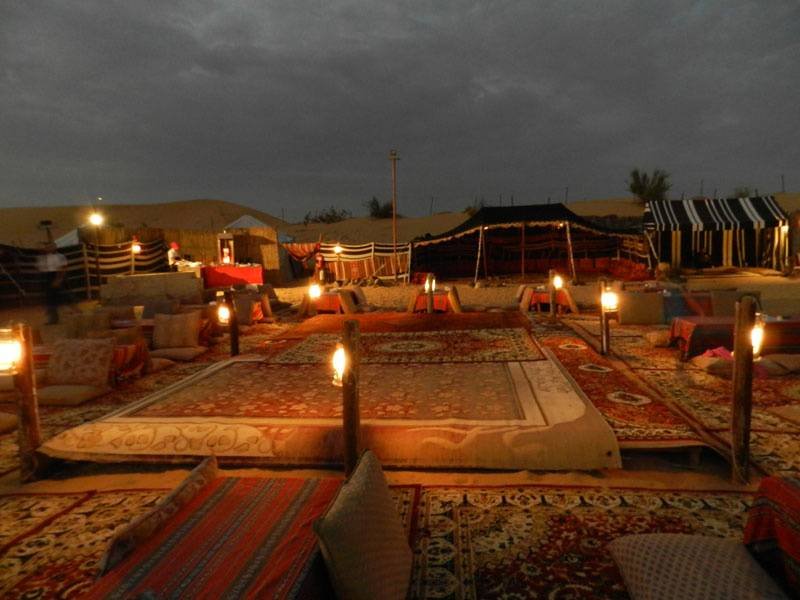Siwa Oasis: Egypt’s Hidden Paradise in the Desert

Siwa Oasis: Egypt’s Hidden Paradise in the Desert
Introduction: A Secret Worth Discovering
When most travelers think of Egypt, their minds immediately conjure images of towering pyramids, sprawling ancient temples, and bustling bazaars. Yet tucked away in the far reaches of Egypt’s Western Desert lies a serene and magical place, far from the usual tourist trail — Siwa Oasis.
This hidden gem, surrounded by endless seas of golden sand, offers an enchanting mix of natural beauty, rich history, and unique culture that feels a world apart from the rest of Egypt.
Where Is Siwa Oasis?
Siwa Oasis is located near the Libyan border, about 50 kilometers east of Egypt’s frontier with Libya and roughly 750 kilometers from Cairo. Due to its remote location, reaching Siwa requires commitment — a long but rewarding journey through the desert that feels like stepping into another world.
Despite its isolation, Siwa remains a thriving community, home to about 30,000 people, mainly of Berber descent, who have preserved their traditions and language for centuries.
A Glimpse into Siwa’s Rich History
Siwa’s history is just as mesmerizing as its landscapes. It was once a crucial stop on ancient trade routes and is famously known as the site of the Oracle of Amun. Ancient legends say that even Alexander the Great traveled here in 331 BC to consult the oracle, who confirmed his divine status as the son of Zeus-Ammon.
Over the centuries, Siwa has maintained its unique cultural identity, blending Egyptian, Berber, and even Greek influences into a colorful tapestry of life.
Natural Wonders of Siwa Oasis
1. Salt Lakes of Siwa
One of Siwa’s most magical features is its salt lakes. Floating effortlessly in these crystal-clear waters is an experience unlike any other. Thanks to the high salt content, the lakes offer a buoyancy similar to the Dead Sea, letting visitors drift effortlessly while soaking in the surreal surroundings.
2. The Great Sand Sea
Siwa lies at the edge of the Great Sand Sea, an immense expanse of towering dunes and dramatic landscapes. Adventurers can embark on thrilling 4×4 safaris, sandboarding expeditions, or simply sit atop a dune at sunset, watching the desert turn to gold and crimson.
3. Cleopatra’s Spring
Legend has it that Cleopatra herself once bathed in this natural hot spring. Today, visitors can swim in the cool, refreshing waters surrounded by lush palm trees — a true oasis experience!
Cultural Treasures in Siwa
1. Shali Fortress
At the heart of Siwa town stands the Shali Fortress, built in the 13th century from a unique mix of mud and salt known as “kershef.” Although largely in ruins today due to a devastating rainstorm in 1926, Shali’s winding alleys and towering structures still offer a haunting glimpse into Siwa’s resilient past.
2. Traditional Siwan Handicrafts
Siwan women are renowned for their intricate embroidery and jewelry. Visitors can purchase stunning, colorful garments, silver accessories, and beautifully woven baskets, all made using traditional methods that have been passed down through generations.
3. Siwan Cuisine
Tasting local Siwan dishes is a treat not to be missed. Meals often feature dates, olives, lamb, and desert-grown vegetables, seasoned with aromatic spices. Try the famous “Fattah” or “Tagine” cooked slowly over an open flame for an authentic desert flavor.
Why Siwa Is So Special
Unlike many of Egypt’s tourist hotspots, Siwa remains refreshingly untouched by mass tourism. Its remote location has preserved the oasis’ authenticity, offering visitors a genuine glimpse into a way of life that feels almost timeless.
The combination of stunning natural landscapes, ancient history, and warm, welcoming people make Siwa feel like stepping into a living fairy tale.
When Is the Best Time to Visit Siwa Oasis?
The best time to visit Siwa is between October and April, when the weather is cooler and more comfortable for exploring. Summers can be extremely hot, with temperatures soaring above 40°C (104°F), making outdoor activities more challenging.
How to Get to Siwa Oasis
- By Bus: There are daily buses from Cairo to Siwa, but the journey is long, often taking 10–12 hours.
- By Private Car: Hiring a car or organizing a private transfer offers more comfort and flexibility.
- By Tour Package: Many travel companies offer organized tours that include transportation, accommodation, and guided experiences in Siwa.
Essential Travel Tips for Visiting Siwa
- Respect local traditions: Siwa is a conservative community, so dress modestly and ask permission before photographing people.
- Stay hydrated: The desert climate can be intense, so always carry plenty of water.
- Use a local guide: To truly appreciate Siwa’s history and hidden gems, consider hiring a local guide who knows the oasis inside and out.
Conclusion: A Journey Like No Other
Siwa Oasis isn’t just a destination — it’s an experience that touches the soul. From its mystical salt lakes to its ancient legends, from its breathtaking desert dunes to the heartfelt hospitality of its people, Siwa offers an unforgettable adventure that few places on Earth can match.
If you’re looking for a place where time seems to stand still and magic lingers in the air, then Siwa should be at the very top of your travel list.



